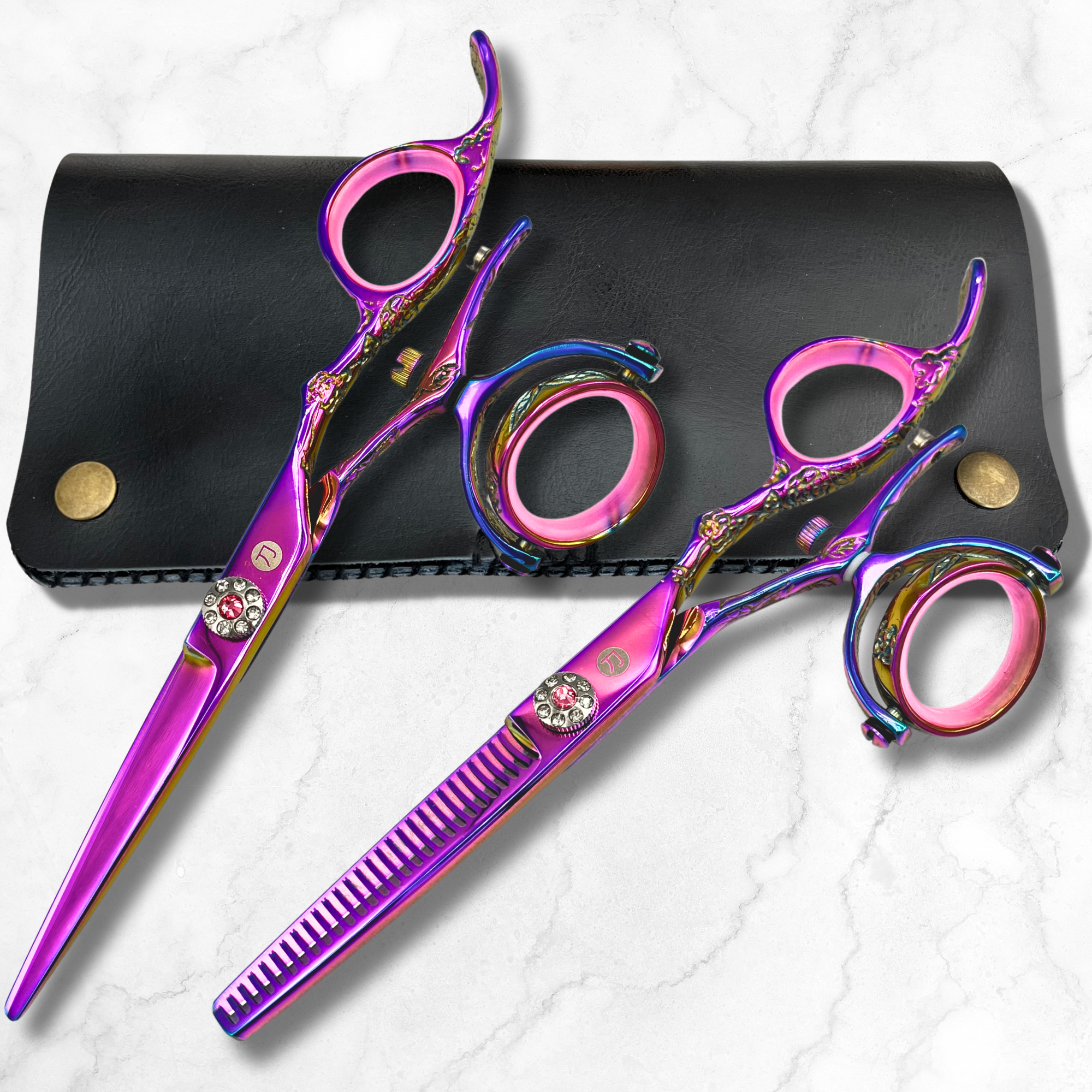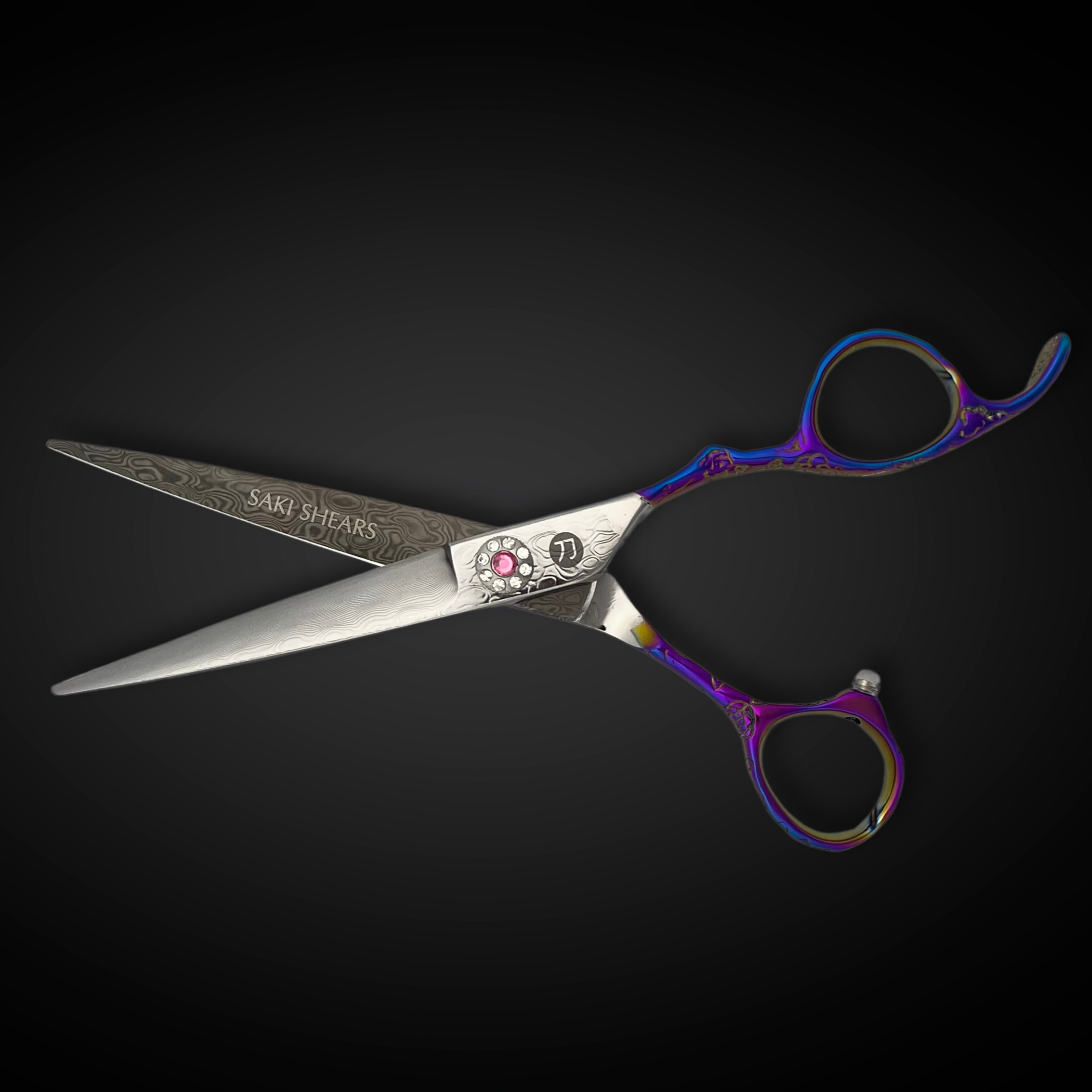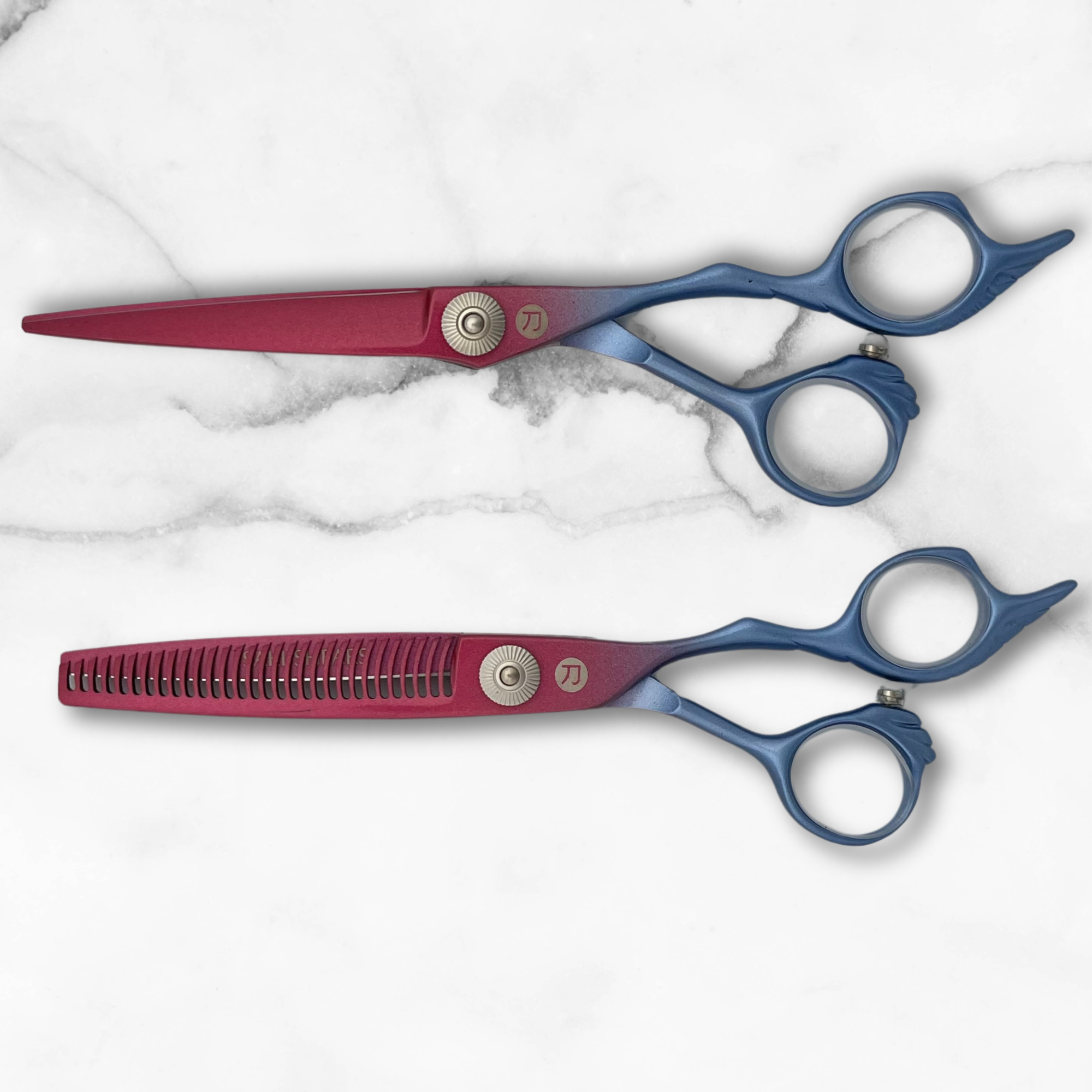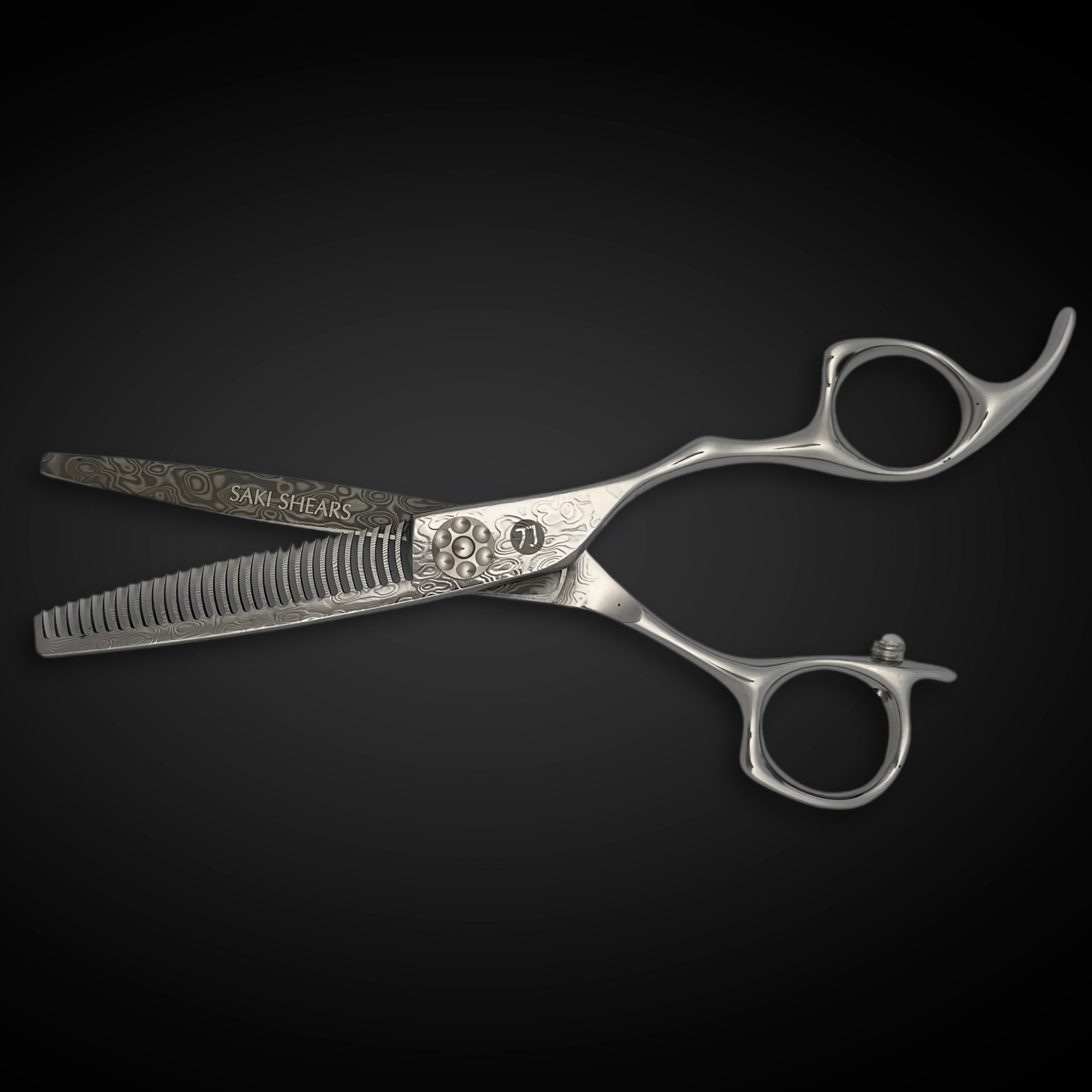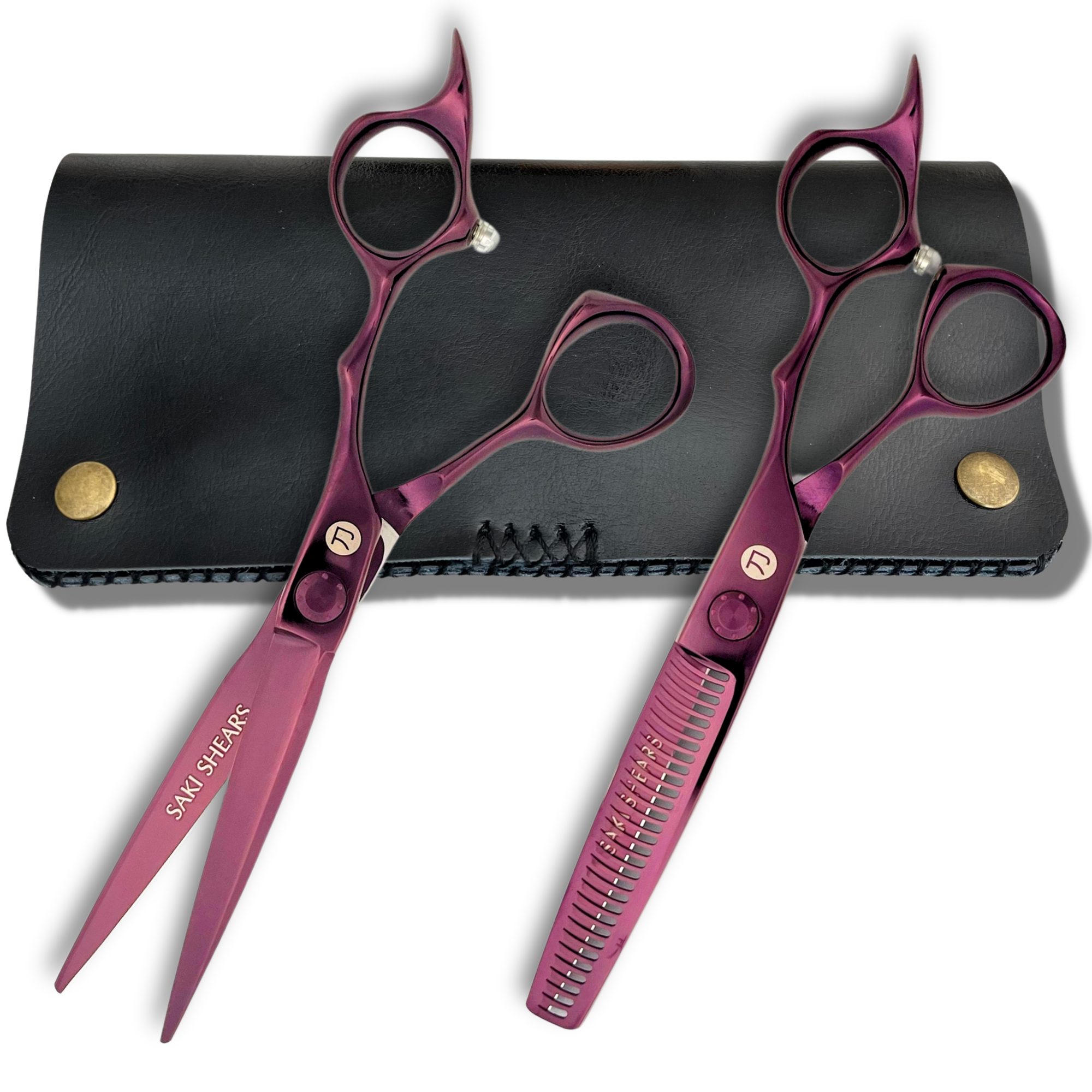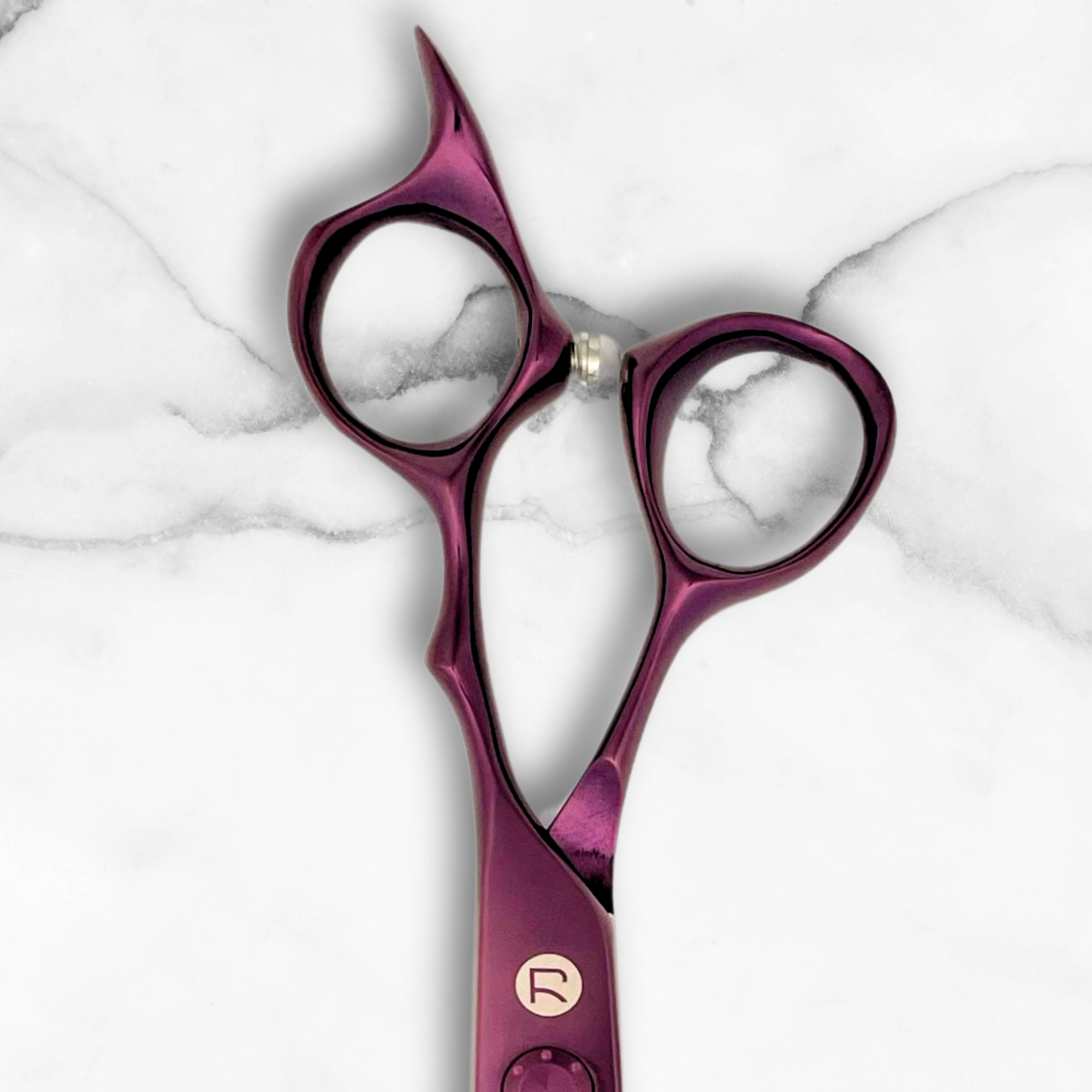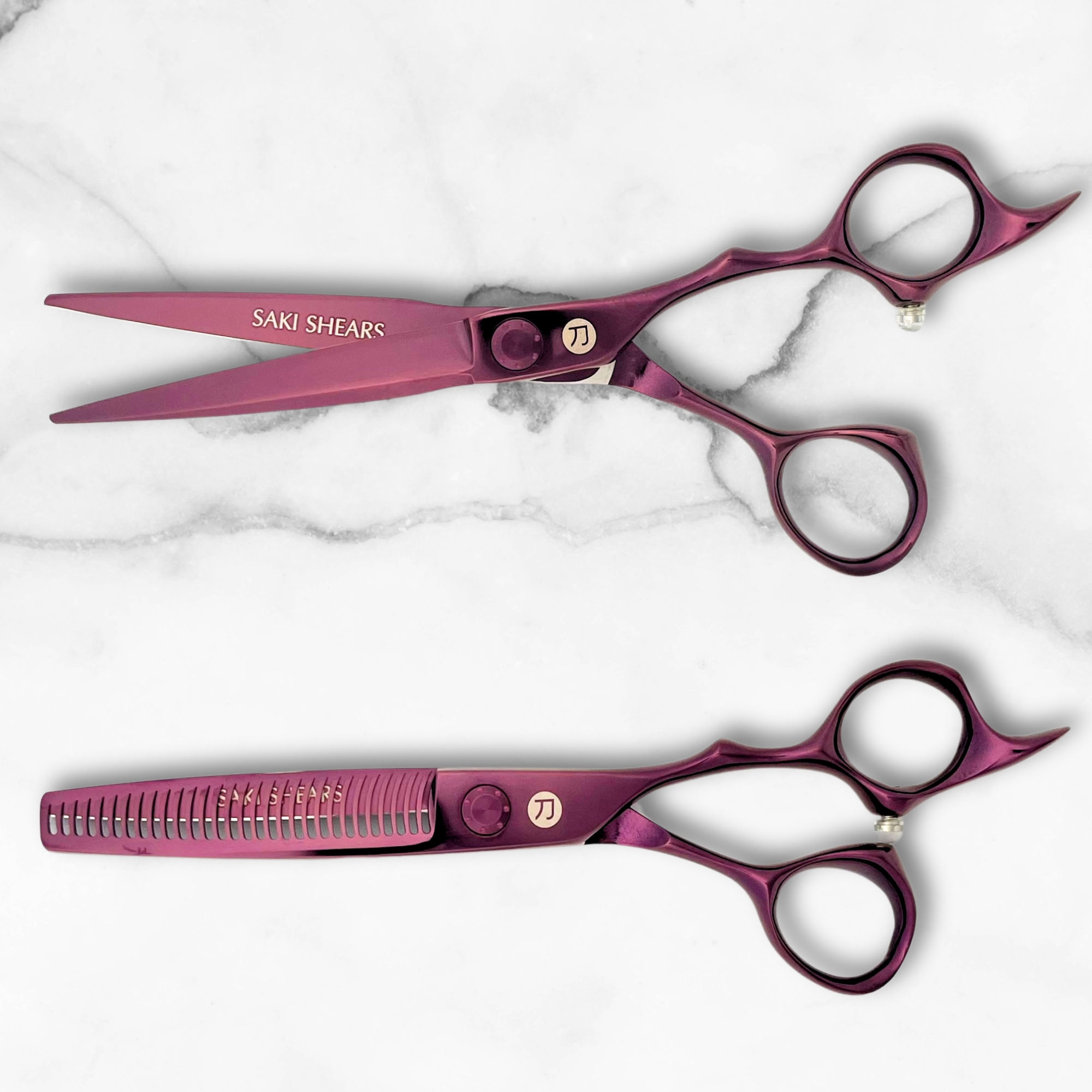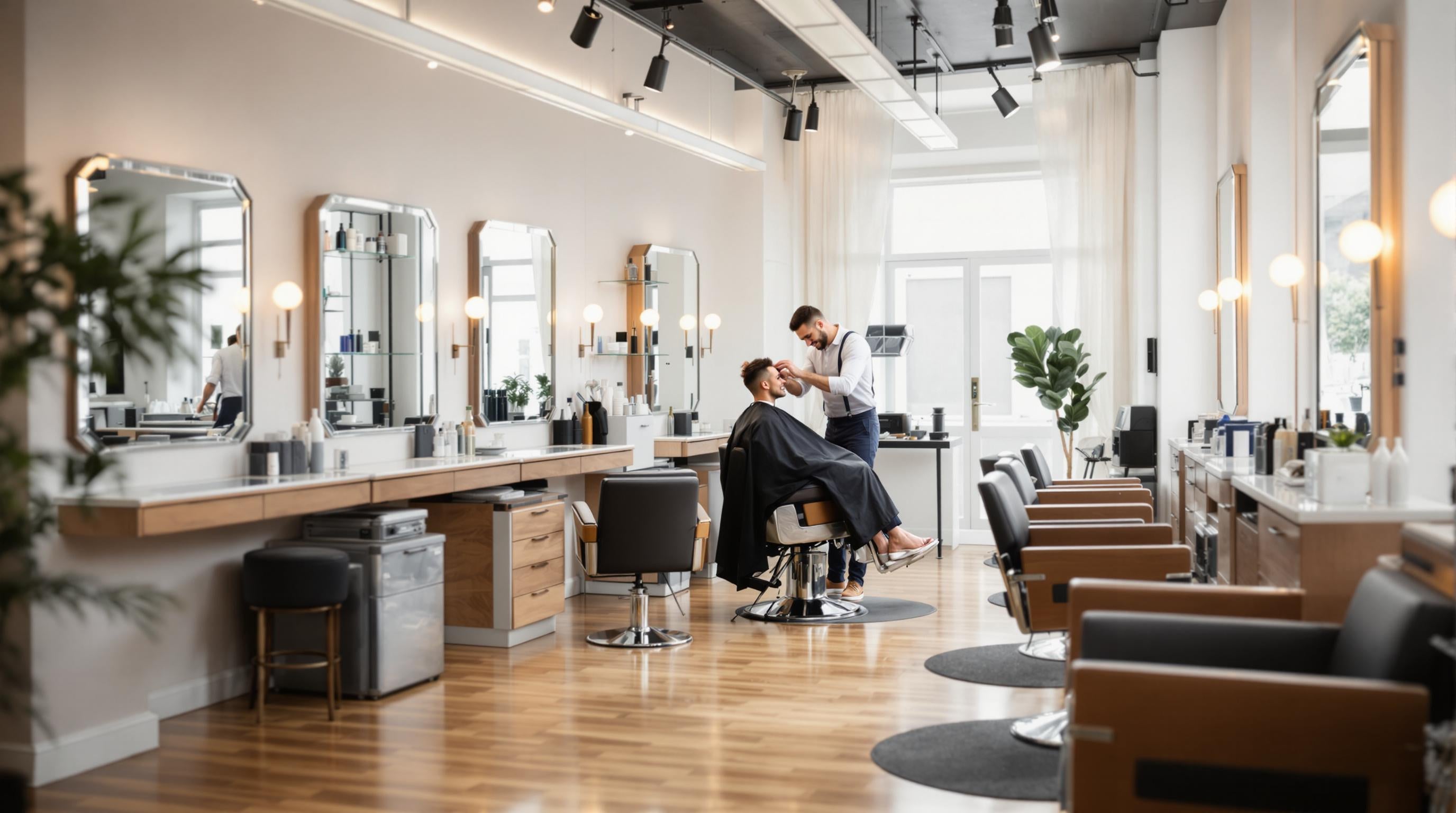The Benefits and Challenges of Independent Hairstyling
Independent hairstyling lets you take control of your career, but it’s not without challenges. You get to set your own schedule, build personal client relationships, and decide your pricing. However, you’ll also need to handle marketing, business management, and client acquisition on your own.
Key Takeaways:
- Pros: Full creative freedom, flexible schedules, and control over earnings.
- Cons: Finding clients, managing taxes, and working without a team.
- Solutions: Build a strong online presence, invest in high-quality tools, and connect with industry professionals.
If you’re ready to think like a business owner and tackle the challenges, independent hairstyling can be a rewarding path.
Life as an Independent Hairstylist: Typical Day, Perks & Challenges
Advantages of Independent Hairstyling
Choosing a career as an independent hairstylist comes with plenty of perks, especially for those who value flexibility and control over their professional journey. Here’s a closer look at why this path can be so rewarding.
Freedom to Be Creative
Working independently gives stylists the chance to carve out their own niche. Whether it’s offering mobile services for retirement homes or specializing in advanced perming techniques, these unique focuses can set you apart from traditional salons [2]. This creative freedom helps build stronger connections with clients, leading to higher loyalty and satisfaction [1].
Set Your Own Schedule
Independent hairstylists have the luxury of deciding their own work hours. With tools like modern salon software, managing appointments and handling admin tasks becomes easier [3]. This means you can spend more time focusing on clients and still maintain a healthy work-life balance.
Take Charge of Your Earnings
One of the biggest draws of going independent is financial control. You set your own rates, claim tax deductions for tools and supplies, and even create additional income streams with specialized services [3]. Plus, having the freedom to invest in top-notch tools can justify charging premium prices.
As personalized services become more popular, independent stylists are in a great position to tap into this growing demand - especially with options like in-home styling [1]. Of course, these benefits come with their own challenges, but with the right approach, they’re manageable.
Difficulties of Independent Hairstyling
Being an independent hairstylist comes with plenty of freedom, but it also brings some tough challenges. Knowing what you're up against can make all the difference in navigating this path successfully.
Client Acquisition and Marketing
Finding and keeping clients is one of the biggest hurdles. Unlike stylists in traditional salons, independent hairstylists have to handle all the marketing and outreach themselves. This means promoting your skills, building trust, and standing out in a crowded market - all while ensuring your services are worth the premium rates you charge.
The real challenge? Turning one-time customers into loyal clients who keep coming back. Competing with established salons and other freelancers makes this even harder.
Business Management
Running your own hairstyling business isn’t just about creativity. It’s also about managing the nitty-gritty of business operations. Alongside perfecting cuts and colors, you’ll need to juggle tasks like:
- Handling taxes and financial documentation
- Managing inventory and ordering supplies
- Scheduling appointments and communicating with clients
- Ensuring legal compliance and maintaining licenses
For many stylists, these responsibilities can feel overwhelming. While tools exist to help with things like scheduling or inventory, there’s still a steep learning curve when it comes to running the business side of things.
Lack of Colleague Interaction
Working solo can be lonely, especially if you’re used to the buzz of a busy salon. Without colleagues, you miss out on:
- Collaborating to solve tricky problems or learn new techniques
- Mentorship opportunities and sharing experiences with peers
- Having someone to back you up during hectic days
To stay connected, many independent stylists join professional networks or attend industry events [5]. These connections can offer valuable learning opportunities and help you feel part of the hairstyling community.
"By planning carefully, seeking advice from experienced professionals, and staying organized, independent hairstylists can avoid these common pitfalls" [3][1].
Though these challenges can seem overwhelming, with smart strategies and the right tools, independent stylists can overcome them and build thriving careers. Up next, we’ll dive into practical ways to tackle these issues head-on.
Solutions to Overcome Difficulties
Independent hairstylists face unique challenges, but with the right approach, these can become opportunities for growth. Here are some practical strategies that have worked for many in the industry.
Online Presence
Getting new clients can be tough, but a strong digital presence can make all the difference. Did you know that 71% of people aged 18-29 use Instagram to find service providers? [3] This makes Instagram an essential tool for hairstylists.
Set up a professional Instagram business profile and showcase your skills with high-quality before-and-after photos, client testimonials, and engaging posts. Use local hashtags to reach nearby clients and scheduling tools to keep your content consistent without adding extra stress to your day.
Building Industry Connections
Working independently can sometimes feel isolating. That’s why building a professional network is so important. A strong network offers support, learning opportunities, and room for collaboration.
"Success in this field requires more than talent; it demands dedication, hard work, and a customer-centric approach." - Salonsuitesboca [4]
Join Facebook groups for hairstylists, attend beauty expos and workshops, and participate in collaborative projects like photoshoots. Meeting regularly with other independent stylists can help you stay inspired and connected while opening doors to new opportunities.
Investing in Quality Tools
The tools you use directly impact your results and your physical well-being. Professional-grade tools not only deliver better results but also help reduce fatigue and prevent long-term injuries. Look for ergonomic designs, warranties, and adjustable features to get the most out of your investment.
When choosing tools, keep these points in mind:
- Pick equipment designed to prevent repetitive strain injuries.
- Use tools that boost efficiency during services.
- Opt for products that improve client satisfaction.
- Prioritize tools that deliver consistent performance over time. [1]
Conclusion
Independent hairstyling offers a unique career path in the ever-changing beauty industry. While the freedom and rewards are appealing, they come with challenges that require careful navigation and a proactive approach.
As the demand for personalized services grows, independent stylists are in a prime position to succeed. But thriving in this space takes more than just hairstyling skills - it requires solid business knowledge and a clear strategy. According to industry data, stylists who focus on building their business and enhancing their online presence see up to 40% higher client retention rates compared to those working in traditional salons [3].
"The key to thriving as an independent stylist isn't just about technical skills – it's about viewing yourself as a business owner first and a stylist second. This mindset shift is what separates successful independents from those who struggle." - Salonsuitesboca [4]
To build a strong foundation for growth, independent stylists should focus on:
- Expanding Skills and Building Relationships: Keep improving your craft while strengthening client loyalty.
- Managing Business Operations: Understand financial planning and legal requirements to stay on track.
- Using Digital Tools Effectively: Tap into social media and other online platforms to reach and engage clients.
The beauty industry's evolution has opened new doors for independent stylists. By embracing these changes and maintaining high standards in both their craft and business practices, stylists can turn challenges into opportunities and achieve lasting success.
FAQs
How do I get more clients as a hair stylist?
If you're an independent stylist, building a loyal client base is key to growing your business. Here's how you can make it happen:
"The most important benefit to being a freelance hairstylist is the personal relationships you will be able to have with your clients. They will begin to trust you with their look, ensuring long-term loyalty" [3].
Key strategies to attract and keep clients:
| Strategy | How to Do It |
|---|---|
| Social Media Presence | Share before/after photos and client testimonials regularly. |
| Client Engagement | Offer tailored services and flexible appointment options to meet their needs. |
Additional ways to grow your client base:
- Launch referral programs, like offering a 15-20% discount for successful referrals.
- Attend community events or wedding expos to showcase your skills.
- Use local hashtags on social media and respond quickly to comments or messages.
- Build relationships with other beauty professionals for mutual referrals.
Pro tip: Keep detailed client records. Note their style preferences, any product allergies, past services, and special occasions. This personal touch can set you apart.
With the rising interest in independent stylists [1], offering perks like in-home services or flexible scheduling can make a big difference. Plus, investing in high-quality tools not only boosts your professionalism but also helps justify premium pricing.

